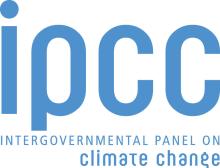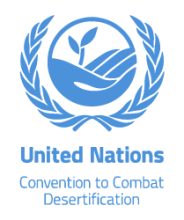Resource information
Arid and semi-arid biomes support valuable ecosystems with livelihoods linked to rain-fed agriculture and pastoralism and have unique biodiversity and cultural values. However, desertification is land degradation in dry-lands that leads to loss of productivity and ecosystem services. Climate change is expected to increase arid biomes and stress on dry-lands due to increase in temperature and decrease in precipitation that will impact vegetation, livestock and people. Asia and Africa expect to have a maximum number of people affected by desertification, especially the poor, women and children. Decrease in vegetation due to desertification can amplify global warming through carbon emissions but increased reflection can cause local cooling. Increased frequency of dust storms, heat stress and dry-spells can impact human well-being. Climate change is impacting food-security according to local and indigenous knowledge.



